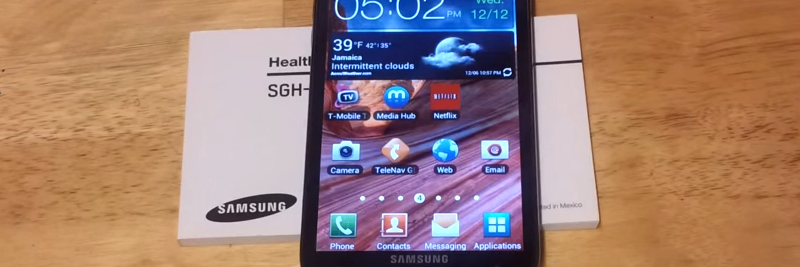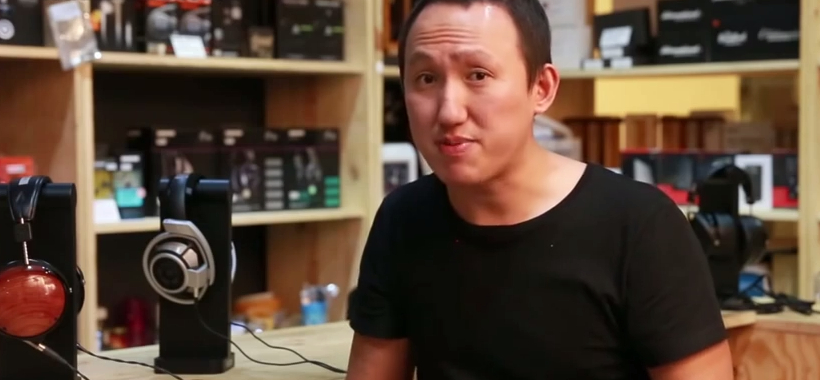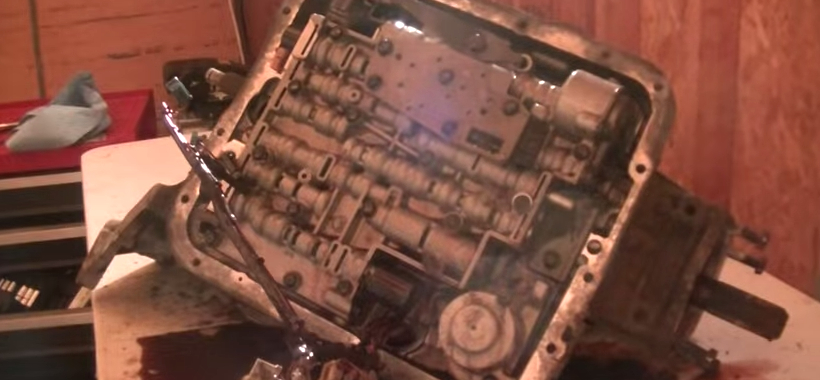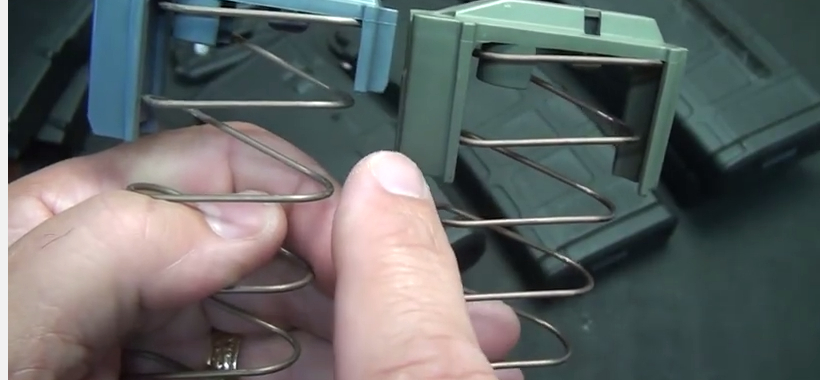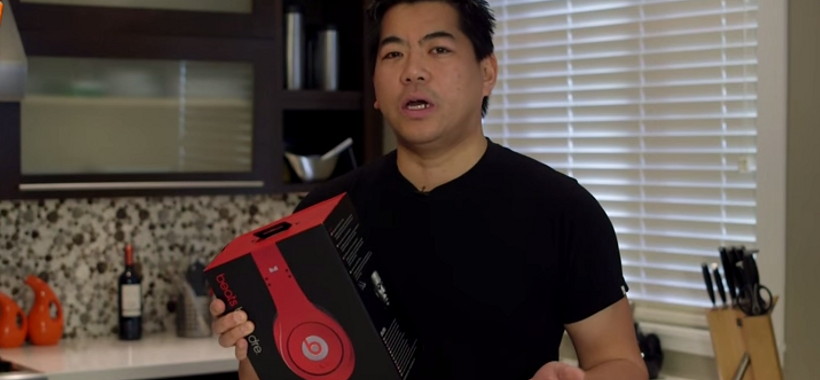Parents who are shipping for an educational toy for their children have often turned to the LeapPad. With the release of the LeapPad 2, it is only natural to wonder what the differences are between the two items. A parent could be able to save a few extra dollars by simply buying the LeapPad 1, while another may want access to the additional features that LeapPad 2 has to offer.
Unique Differences and Design
The differences between the two items are very subtle. Both LeapPad 1 and LeapPad 2 come equipped with a five inch screen that is fully responsive to the child’s touch. Children are able to tap items, flick them and also drag. The graphics capabilities are largely similar and each LeapPad provides the user with a microphone and speaker.
However, the LeapPad 2 does improve on the first edition of the LeapPad by adding extra cameras. The first LeapPad was only equipped with one camera that faced the back. The creators of the LeapPad 2 decided to improve upon this, by keeping the back facing camera and installing an extra front facing camera that has the ability to take pictures and video.
The memory storage capabilities for the LeapPad 2 are also much greater. Whereas the first LeapPad allowed users to store up to 2 gigabytes of on board memory, the LeapPad 2 doubles the memory storage, giving parents and children the ability to store 4 gigabytes of memory on board.
Short battery life was a common concern for parents and owners of the LeapPad 1. The LeapPad 2 improves upon this, extending the overall battery life from eight hours to nine hours. Both LeapPads can connect to a PC with the USB cables that are included with their purchase.
Changes That Matter?
Another major difference between the two is that LeapPad 2 was built in a far more sturdy fashion, leading to less damage caused by clumsy children. After experiencing a great volume of complaints about the durability of LeapPad 1, it is clear that the creators took them to heart. This allows the LeapPad 2 to be recommended to children between the ages of 3 to 9, whereas LeapPad was recommended to those betwween the ages of 4 to 9.
Since the LeapPad 1 is now selling for a bargain basement rate at many major toy stores, parents who are looking to save a few dollars have been taking the time to investigate the difference between the two toys.
While an extra camera, additional storage space and longer battery life are all reasons to consider the purchase of the LeapPad 2, these added bells and whistles do not make a significant difference between the two products. A parent can purchase a LeapPad 1 for their child without making any difficult sacrifices, since the graphics capabilities and the screen size remain the same no matter which one you choose.





